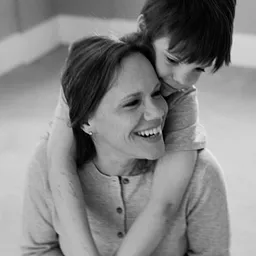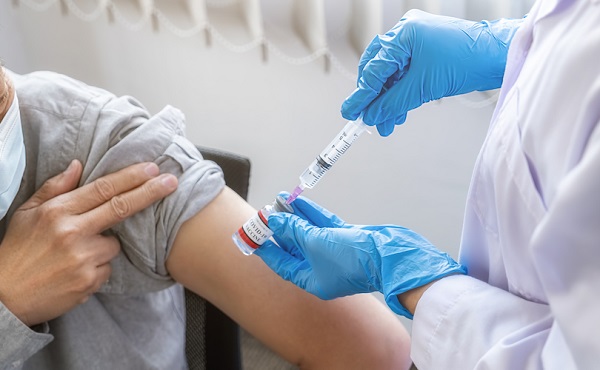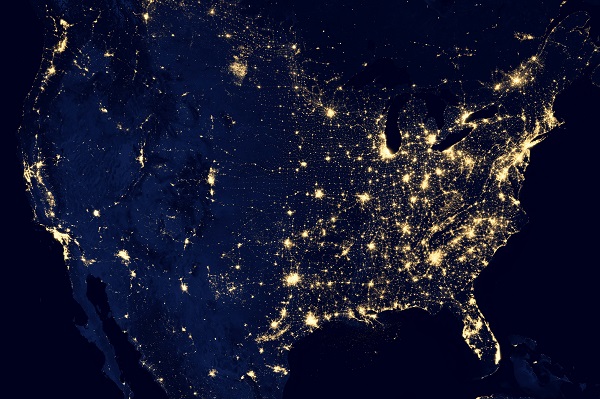COVID-19
The New York Times Finally Admits to the Harm Done to Children
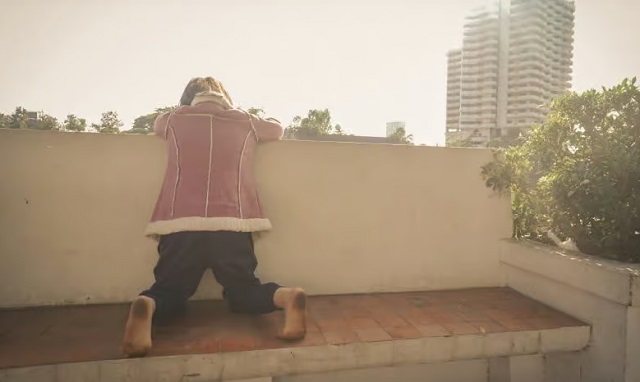
From the Brownstone Institute
BY
The New York Times published an op-ed over the weekend entitled ”The Startling Evidence of Learning Loss Is In.” Here’s the second paragraph:
The evidence is now in, and it is startling. The school closures that took 50 million children out of classrooms at the start of the pandemic may prove to be the most damaging disruption in the history of American education. It also set student progress in math and reading back by two decades and widened the achievement gap that separates poor and wealthy children.
For anyone who has been paying even a modest amount of attention for the past 3 ½ years, the evidence is anything but startling.
People often ask me, and even more so since this “startling” piece hit the digital airwaves: “Don’t you feel redeemed?”
In fact, it’s hard to describe how angry this “revelatory” piece of writing makes me. More than 3 years too late, the New York Times has now given permission to acknowledge what was obvious from the beginning. But if you dared to say so in 2020, or 2021, or even 2022, you were smeared with all sorts of career-ending ad hominem attacks, including but not limited to: racist, eugenicist, ableist, science-denying alt-right Trumper, flat earther and sometimes Nazi.
So no. I don’t feel grateful that the New York Times has finally deemed this subject acceptable to talk about when the damage has already been done to both American children and those dissenters who challenged the fear-mongering, and data-denying mainstream narrative with actual science and facts.
Furthermore, this “journalistic” outfit fails to acknowledge their own complicity in these devastating results.
It was clear what would happen all along, but the New York Times failed to interrogate the issue and instead published “the science” as determined by Big Pharma press releases, teachers’ unions, and government leaders cowing in the face of public health bureaucrats.
My first writing on the subject was this in February 2021, but I had started pushing back from day one — March 2020 — in my own community, on news programs, on social media, and with open schools rallies, like the one pictured here from December 2020.

There were times I felt like I was going insane because it was all so patently clear what was happening and would only be made worse the longer schools stayed close: the learning loss; the disengagement from education overall; the depression and anxiety and suicidality due to severe isolation (often summarized as “mental health impacts”); the chronic absenteeism that would inevitably come because when you tell kids that their education isn’t important – isn’t a societal priority – well, they will believe you; the dropout rates; the graduating without being able to read; the abuse at home; the loss of community and hope.
But the more we sounded the alarm bell the more we were demonized.
Unsurprisingly, the poorest, most vulnerable children were harmed the most. Which is also clearly what was going to happen from the outset if you exercised even a modicum of common sense. Because, despite the wealthy hordes in Los Angeles and New York City shrieking about how We’re all in this together! –from their fancy balconies in the Hollywood Hills and the acreage of their Montana vacation homes — they also hired private tutors and formed learning pods with hired help to guide their kids and make sure they stayed on track. And, their children returned to their $60k a year private schools in the fall of 2020, a year before those who couldn’t afford the luxury of in-person education.
It was poor and low-income children who were left home alone to navigate “Zoom school” while their parents worked hourly wage “essential” jobs. And it was poor and low-income children left home to take care of younger siblings. Or find community – and trouble – outside of school. It was poor and low-income children who missed meals by not being in school, who didn’t have WIFI that worked, who didn’t have adult intervention and oversight that happens in school.
But no child was immune to the impacts. Just when adolescents are meant to be individuating from their parents, they were forced to be at home, alone, relying on screens for any sense of connection to their peers. They missed out on proms, football games, debate club, youth sports, graduations, and all of the small everyday milestones that make a teen’s life. And they were given no hope that it would ever end because it just kept going and going. In some states students experienced disruption to their schooling for as long as 19 months.

And even then, when they finally returned to school full time, they suffered under onerous restrictions including masking, distancing, testing, periodic closures, and no extra-curricular activities.
Furthermore, young people were made to feel like horrible monsters if they struggled with this isolation. They were called selfish grandma killers if they yearned for their friends or wanted to celebrate their graduations. They were made to feel shame for being human. Is it surprising that record numbers of young people were thrown into depression, anxiety, eating disorders, suicidal ideation, drug use, and sometimes, even suicide?
It’s nice that the New York Times has caught on now. But in this accurate oh-so-too-late piece, they fail to acknowledge their own complicity in extending and furthering the devastating, ineffective, and morally abhorrent school closures during 2020-2021, with restrictions to children continuing for more than a year after schools actually opened everywhere in the Fall of 2021.
They elevated the voices of those who furthered fear with a schools needs to be closed or else all the children and teachers will die hysteria.

Science reporter Apoorva Mandavilli persistently stoked fears about the danger of Covid to children and downplayed the significant risks of keeping them at home, “learning” on screens, isolated from their peers.

In October 2021, just as children across the country were heading back to school, Mandavilli exaggerated the number of children hospitalized for Covid by 14x, or 837,000 cases.

She continued to stoke unwarranted fear just when kids were going to get a semblance of their lives back, at a time when adults had been going to bars and dance clubs and sports stadiums for over a year.
Was her intention to encourage school districts to shut down again? Who knows. Certainly, she got the numbers way way wrong. She was so caught up in the fear-furthering hysteria — having participated in it for a year and a half at that point — she must have lost the ability to count.
Certainly, there was ample evidence that kids were at little to no risk, nor had they been since the very beginning. But any suggestion — with data cited — that Covid was not in fact dangerous to kids, was deemed “Covid denialism” by Mandavilli.

This is a science reporter for the New York Times, folks, not some Twitter rando. Her articles and Tweets carried real weight and influence.
The New York Times failed to interrogate the issue of closed schools during Covid in real time. They platformed fear-mongers and silenced, vilified, or just ignored dissenters, which included renowned doctors and scientists who dared to challenge the mainstream narrative like those featured in the pages of this publication.
The New York Times consistently published government and Big Pharma issued press releases as if they were journalism. They platformed the spokespeople of these entities and their paid influencers furthering unwarranted fear and packaging it as “the science.”
If a normie like me could read and interpret the data available since March 2020 and know that not only would closed schools be incredibly harmful to the most vulnerable children, but that their risk from Covid was thousands of times less than an elderly person, then certainly the science desk at the New York Times should have been able to do so.
Simply pushing the narrative that “everyone was at equal risk” was journalistic malpractice.
The news organization needs to go so many steps further than this op-ed.
They need to apologize for their untruthful, damaging reporting which gave cover to government leaders in refusing to open schools and teachers’ unions in refusing to return their members to the classroom.
They need to apologize for smearing those of us who challenged. We didn’t just suffer reputational harm and hurt feelings. We lost friends, our communities, our jobs, in some cases. And our voices were not part of the necessary societal discussion that needed to happen but didn’t. Because the New York Times presented one viewpoint — kids are at terrible risk and schools need to stay closed — as the undisputed “science.” As inarguable fact. Anyone who dissented was clearly an insane, selfish, and very dangerous lunatic.
Lastly, after apologizing to both the children harmed and the dissenters dragged through the mud, the New York Times needs to pursue this story relentlessly. So that children get the help they so desperately need and deserve.
And so that it never happens again.
COVID-19
Trump DOJ dismisses charges against doctor who issued fake COVID passports
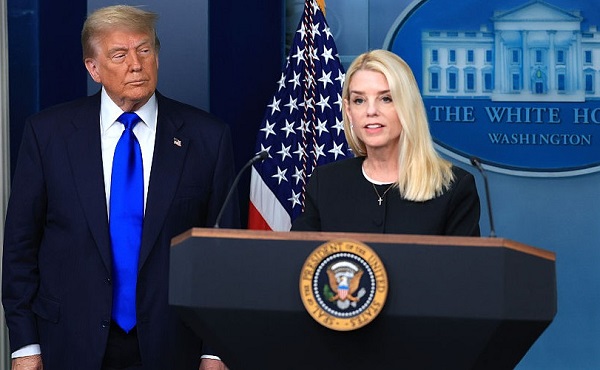
From LifeSiteNews
Attorney General Pam Bondi has ended the federal prosecution of Dr. Michael Kirk Moore for giving ‘patients a choice when the federal government refused to do so.’
The Utah plastic surgeon who issued fake COVID-19 vaccine passports to help patients get around COVID vaccine mandates will no longer be prosecuted, U.S. Attorney General Pam Bondi announced Saturday.
During the COVID pandemic, Dr. Michael Kirk Moore Jr. and employees at his Salt Lake private practice developed a plan to provide patients who objected to being forced to take the vaccine with ineffectual, harmless saline injections instead and give them COVID vaccination cards that would satisfy (since rescinded) mandates to take the shot as a condition of employment, public facilities, mass gatherings, and more.
For his efforts, he was indicted for allegedly “endanger[ing] the health and well-being of a vulnerable population” and “undermin[ing] public trust and the integrity of federal health care programs.” The government also accused him of doing so for profit, but several sources attested off the record that Moore not only issued the cards for free but actually refused offers of compensation.
“They broke no laws and harmed no person,” the defendants’ legal team said in 2023. “Dr. Moore, specifically, abided by his long held Hippocratic oath to First Do No Harm. We believe he and his co-defendants will be found innocent of all charges.”
Last month, LifeSiteNews reported that Moore’s trial was set to begin on July 7, which could have potentially ended with him facing 35 years in jail and a $125,000 penalty. Supporters of the doctor had expressed worry that the change in presidential administration had not yet halted the prosecution.
Over the weekend, however, Bondi announced that at her direction it has now done exactly that.
“Dr. Moore gave his patients a choice when the federal government refused to do so,” she said. “He did not deserve the years in prison he was facing. It ends today.”
There is a large body of warning signs against the shots, which were developed in record time by the first Trump administration’s Operation Warp Speed initiative.
The federal Vaccine Adverse Event Reporting System (VAERS) reports 38,709 deaths, 221,030 hospitalizations, 22,331 heart attacks, and 28,966 myocarditis and pericarditis cases as of June 27, among other ailments. U.S. Centers for Disease Control & Prevention (CDC) researchers have recognized a “high verification rate of reports of myocarditis to VAERS after mRNA-based COVID-19 vaccination,” leading to the conclusion that “under-reporting is more likely” than over-reporting.
An analysis of 99 million people across eight countries published in the journal Vaccine “observed significantly higher risks of myocarditis following the first, second and third doses” of mRNA-based COVID vaccines, as well as signs of increased risk of “pericarditis, Guillain-Barré syndrome, and cerebral venous sinus thrombosis,” and other “potential safety signals that require further investigation.”
In April 2024, the U.S. Centers for Disease Control & Prevention (CDC) was forced to release by court order 780,000 previously undisclosed reports of serious adverse reactions, and a study out of Japan found “statistically significant increases” in cancer deaths after third doses of mRNA-based COVID-19 vaccines, and offered several theories for a causal link.
In January, a long-awaited Florida grand jury report on the COVID vaccine manufacturers found that while only a miniscule percentage of the millions of vaccinations resulted in serious harm based on the data it had access to, such events do occur, and there are “profound and serious issues” in pharmaceutical companies’ review process, including reluctance to share what evidence of adverse events they did find.
In May, Trump administration U.S. Food & Drug Administration (FDA) Commissioner Dr. Marty Makary and vaccine chief Dr. Vinay Prasad announced that there would no longer be blanket recommendations for all Americans to receive the shot, but the “risk factors” it would still be recommended for include asthma, cancer, cerebrovascular disease, chronic kidney diseases, a handful of chronic liver and lung diseases, diabetes, disabilities such as Down’s syndrome, heart conditions, HIV, dementia, Parkinson’s, obesity, smoking, tuberculosis, and more. Health & Human Services (HHS) Secretary Robert F. Kennedy Jr. subsequently announced COVID vaccines will not be recommended to healthy children or pregnant women.
The Trump administration has approved a new mRNA-based COVID-19 vaccine from Moderna, suggesting the federal government’s overall view of the shots will remain favorable, albeit without mandates of any kind. At the same time, it does require mRNA COVID shots to carry a new warning about the danger of heart damage in young men.
Business
Carney Liberals quietly award Pfizer, Moderna nearly $400 million for new COVID shot contracts
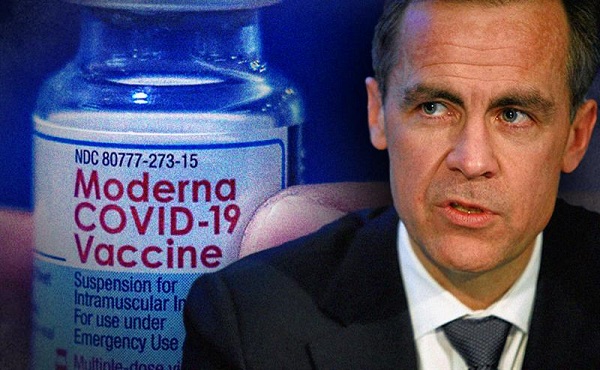
From LifeSiteNews
Carney’s Liberal government signed nearly $400 million in contracts with Pfizer and Moderna for COVID shots, despite halted booster programs and ongoing delays in compensating Canadians for jab injuries.
Prime Minister Mark Carney has awarded Pfizer and Moderna nearly $400 million in new COVID shot contracts.
On June 30th, the Liberal government quietly signed nearly $400 million contracts with vaccine companies Pfizer and Moderna for COVID jabs, despite thousands of Canadians waiting to receive compensation for COVID shot injuries.
The contracts, published on the Government of Canada website, run from June 30, 2025, until March 31, 2026. Under the contracts, taxpayers must pay $199,907,418.00 to both companies for their COVID shots.
Notably, there have been no press releases regarding the contracts on the Government of Canada website nor from Carney’s official office.
Additionally, the contracts were signed after most Canadians provinces halted their COVID booster shot programs. At the same time, many Canadians are still waiting to receive compensation from COVID shot injuries.
Canada’s Vaccine Injury Support Program (VISP) was launched in December 2020 after the Canadian government gave vaccine makers a shield from liability regarding COVID-19 jab-related injuries.
There has been a total of 3,317 claims received, of which only 234 have received payments. In December, the Canadian Department of Health warned that COVID shot injury payouts will exceed the $75 million budget.
The December memo is the last public update that Canadians have received regarding the cost of the program. However, private investigations have revealed that much of the funding is going in the pockets of administrators, not injured Canadians.
A July report by Global News discovered that Oxaro Inc., the consulting company overseeing the VISP, has received $50.6 million. Of that fund, $33.7 million has been spent on administrative costs, compared to only $16.9 million going to vaccine injured Canadians.
Furthermore, the claims do not represent the total number of Canadians injured by the allegedly “safe and effective” COVID shots, as inside memos have revealed that the Public Health Agency of Canada (PHAC) officials neglected to report all adverse effects from COVID jabs and even went as far as telling staff not to report all events.
The PHAC’s downplaying of jab injuries is of little surprise to Canadians, as a 2023 secret memo revealed that the federal government purposefully hid adverse effect so as not to alarm Canadians.
The secret memo from former Prime Minister Justin Trudeau’s Privy Council Office noted that COVID jab injuries and even deaths “have the potential to shake public confidence.”
“Adverse effects following immunization, news reports and the government’s response to them have the potential to shake public confidence in the COVID-19 vaccination rollout,” read a part of the memo titled “Testing Behaviourally Informed Messaging in Response to Severe Adverse Events Following Immunization.”
Instead of alerting the public, the secret memo suggested developing “winning communication strategies” to ensure the public did not lose confidence in the experimental injections.
Since the start of the COVID crisis, official data shows that the virus has been listed as the cause of death for less than 20 children in Canada under age 15. This is out of six million children in the age group.
The COVID jabs approved in Canada have also been associated with severe side effects, such as blood clots, rashes, miscarriages, and even heart attacks in young, healthy men.
Additionally, a recent study done by researchers with Canada-based Correlation Research in the Public Interest showed that 17 countries have found a “definite causal link” between peaks in all-cause mortality and the fast rollouts of the COVID shots, as well as boosters.
Interestingly, while the Department of Health has spent $16 million on injury payouts, the Liberal government spent $54 million COVID propaganda promoting the shot to young Canadians.
The Public Health Agency of Canada especially targeted young Canadians ages 18-24 because they “may play down the seriousness of the situation.”
-

 Fraser Institute1 day ago
Fraser Institute1 day agoBefore Trudeau average annual immigration was 617,800. Under Trudeau number skyrocketted to 1.4 million annually
-
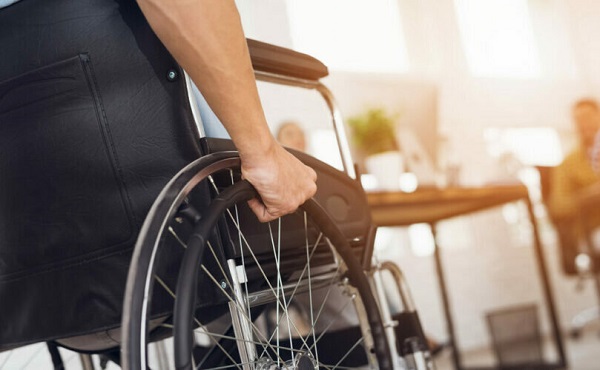
 MAiD1 day ago
MAiD1 day agoCanada’s euthanasia regime is already killing the disabled. It’s about to get worse
-
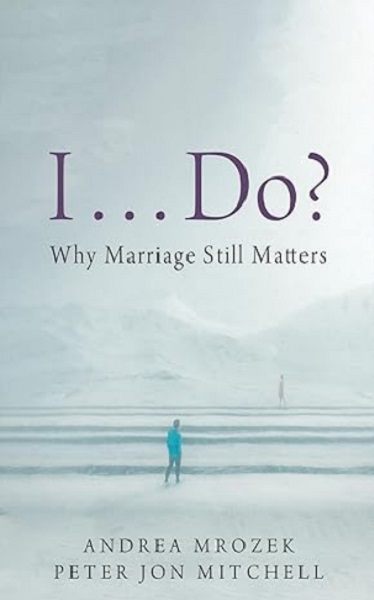
 Frontier Centre for Public Policy1 day ago
Frontier Centre for Public Policy1 day agoNew Book Warns The Decline In Marriage Comes At A High Cost
-
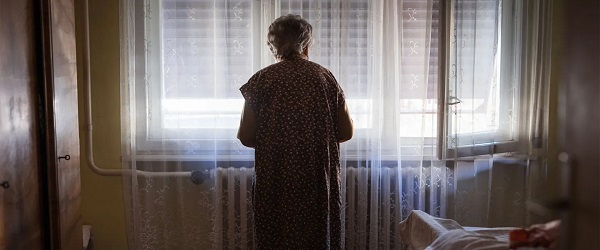
 Business1 day ago
Business1 day agoPrime minister can make good on campaign promise by reforming Canada Health Act
-
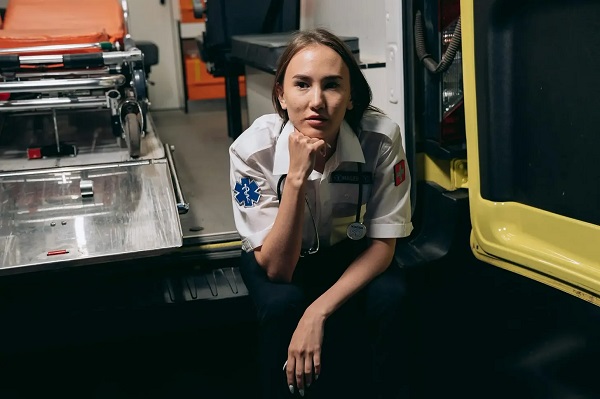
 Addictions1 day ago
Addictions1 day ago‘Over and over until they die’: Drug crisis pushes first responders to the brink
-
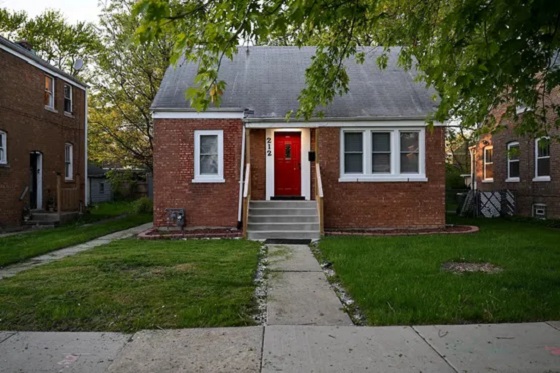
 International1 day ago
International1 day agoChicago suburb purchases childhood home of Pope Leo XIV
-

 Daily Caller1 day ago
Daily Caller1 day agoUSAID Quietly Sent Thousands Of Viruses To Chinese Military-Linked Biolab
-

 Energy1 day ago
Energy1 day agoLNG Export Marks Beginning Of Canadian Energy Independence
